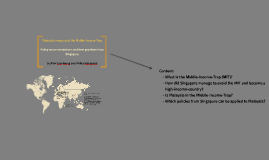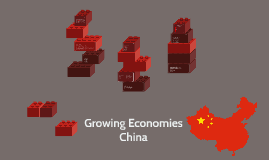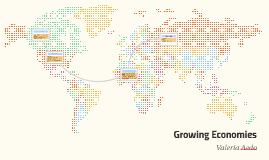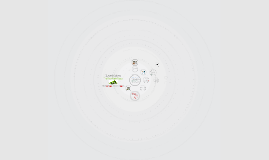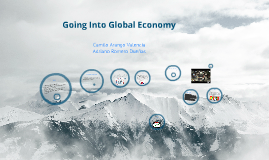Four Economies Presentation
Transcript: Command Economy PROS PROS There is an equal amount of control Private enterprise is allowed to thrive on its own The government can have a defined role as referee Has problems producing the right exports Difficult to obtain information about the needs of consumers Creates a highly powerful government which is limiting individual rights in order to pursue economic goals Mixed Economy CONS CONS It is dependent on Mother Nature It can be detrimental for the environment It is not subject to change -An economy in which traditions, customs, and beliefs shape the goods and the services the economy produces, as well as the rules and manner of their distribution. Countries that use this type of economic system are often rural and farm-based. Well-known Countries/Regions/Continents with Traditional Economies- Middle East, Asia, Africa and South America, etc. Businesses could overcharge Few regulations on growth (could hurt small businesses) Can create an imbalance in the economy Little government intervention Decisions made by businesses and people Encourages competitiveness - An economy in which production, investment, prices, and incomes are determined centrally by a government. Well-known Countries with Command Economies: Cuba, North Korea, the Soviet Union, and China -It is a golden mixture of capitalism and socialism. Under this system there is freedom of economic activities and government interferences for the social welfare. The concept of mixed economy is of recent origin. Well-known Countries with Market Economies: Iceland, France, Sweden, the United Kingdom, and the United States Mixed Economy Representation Traditional Economy Command Economy Apecsecadmin. "Apecsec.org." Apecsecorg. N.p., 2014. Web. 20 Sept. 2016 Http://connectusfund.org/author/connectusfundadmin. "8 Remarkable Pros and Cons of a Traditional Economy." ConnectUS. N.p., 2015. Web. 20 Sept. 2016. Http://connectusfund.org/author/connectusfundadmin. "10 Significant Pros and Cons of the Market Economy." ConnectUS. N.p., 2015. Web. 20 Sept. 2016. "6 Key Pros and Cons of Mixed Economy | NLCATP.org." NLCATPorg. N.p., n.d. Web. 20 Sept. 2016. "Mixed Economy: Meaning, Features and Types of Mixed Economy." Economics Discussion. N.p., 2014. Web. 20 Sept. 2016. Root. "Market Economy." Investopedia. N.p., 2015. Web. 20 Sept. 2016. "The Definition of Command Economy." Dictionary.com. N.p., n.d. Web. 20 Sept. 2016. "Traditional Economy." Wikipedia. Wikimedia Foundation, n.d. Web. 20 Sept. 2016. The Four Main Types PROS Command Economy Representation The distribution of resources is well known It is more sustainable It fosters togetherness and cooperation CONS By: Eva Bumsted and Clayton Brosend Market Economy Representation Traditional Economy Representation CONS Mixed Economy PROS Traditional Economy There is a challenge in finding a balance between market freedom and wealth equality The government can go to far Governments may limit the size of large companies due to rules regarding monopolies and anti-trust laws Economic Systems: Market Economy - An economy where economic decisions and pricing of goods are guided solely by the interactions between citizens and businesses. Well-known Countries with Market Economies: Singapore, Australia, and Hong Kong (Many people think the U.S. has this type of economy, but in fact, we don't because we have a decent amount of government interference.) Market Economy Can prevent monopoly power abuse Important at mobilizing economic resources Ensures the realization of well-defined long-term goals MLA CITATIONS






